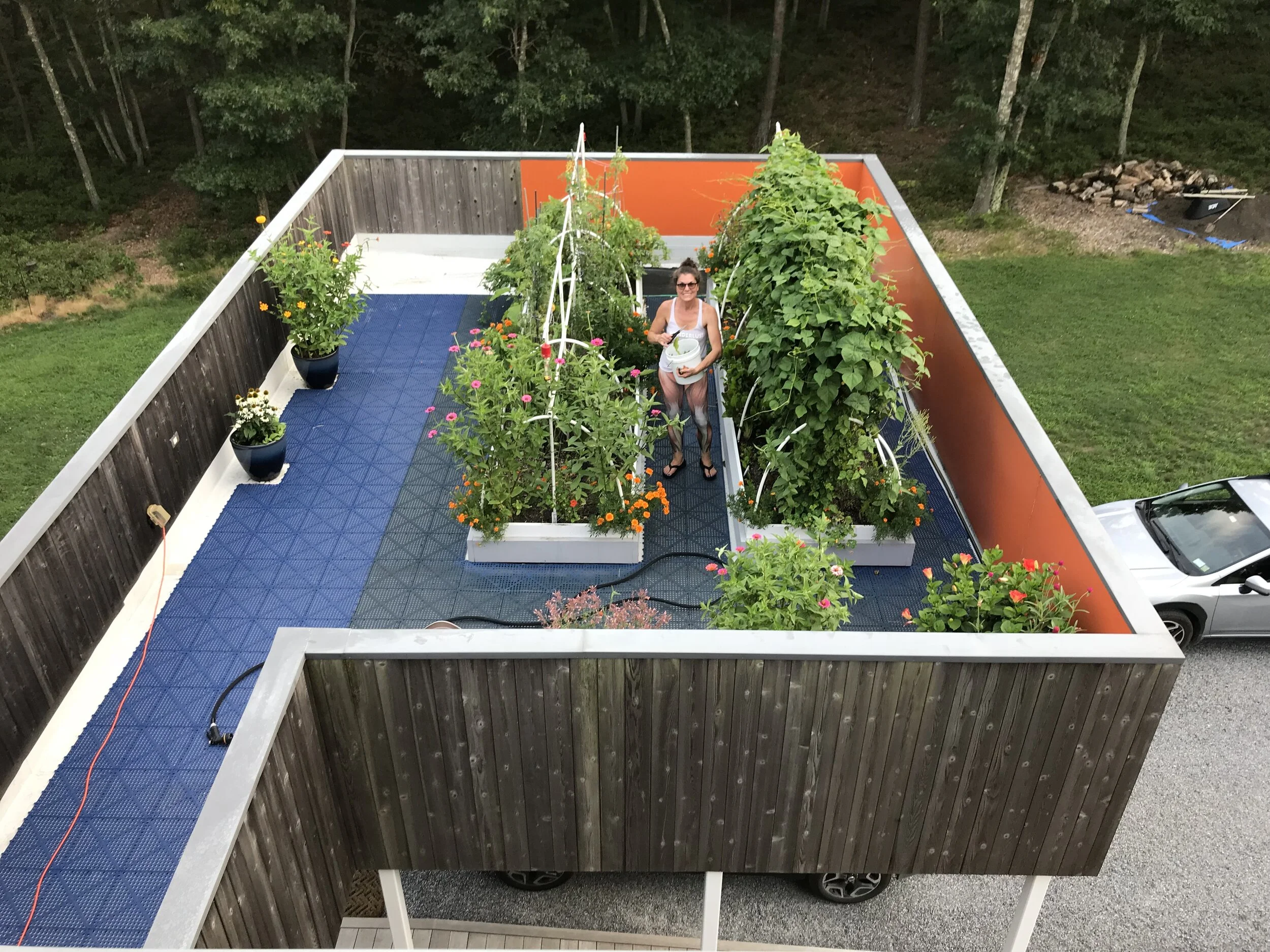Support Biodiversity
The Long Island Cheese Pumpkin is one of the oldest pumpkins cultivated in America. Well suited for the region’s climate, it is an invaluable part of Long Island food history, culture, and tradition, and a delicious choice for many types of cooking.
The Long Island Cheese Pumpkin has light burnt sienna-colored rind, a distinctive stem, and flesh that is raw sienna-colored, dense, sweet, earthy, and savory. It is very versatile and most parts of the plant are edible - shell, flesh, seeds, and flowers. Ripe flesh can be boiled, baked, steamed, pickled, or roasted, and enjoyed in soups, purees, desserts, preserves, pasta, and stews. The flavor can be elevated with other fall vegetables, ranging all the way from turnips to celeriac. And is noted as the best pumpkin for making pie.
The seed of the Long Island Cheese Pumpkin was available through seed retailers up until the 1960s, but then it began to disappear. Seed sources were positioning different varieties like Dickinson and Kentucky Field pumpkins instead. Dickinson and similar pumpkin hybrids were better for new harvesting equipment, easily rolled off the conveyors, and were smoother skinned rather than ribbed for easy peeling and processing. In short, Midwestern pumpkin varieties complemented all the components of the growing canned pumpkin industry, and slowly this beautiful Long Island heirloom got lost in the modernization of seed and food production. Even farmers on Long Island were no longer saving seeds.
In the late 1970s, Ken Ettlinger, a local seed saver and natural science educator, began to notice fewer heirloom varieties, including the Cheese Pumpkin, being offered in his community. He decided to establish a regional seed bank called the Long Island Seed Project to conserve the genetic resources of Long Island. His effort to safeguard genetic biodiversity and strengthen food security in Long Island was plagued with challenges from laws and regulations on plant genetics; nonetheless, he persevered, and with the support of the Northeast Organic Farmers Association of New York, Cornell, Oregon State University, and the University of Connecticut, the Seed Project became a reality. Today, the Long Island Regional Seed Consortium has launched the Long Island Cheese Pumpkin Project to preserve, restore, and bring awareness of this local Long Island variety. They advocate for the dynamic use of this regional pumpkin across a broad spectrum of organizations creating a coalition that includes chefs, growers, schools, and eaters.
Lunga di Napoli (Long Pumpkin of Naples) is an endangered Italian winter squash that can range from 20-50lbs with orange-red flesh. the taste is musky and sweet, (similar to the familiar butternut squash) and is shaped like a giant bowling pin that at times can have a slight arc and skin color that is grey/green with dabs of yellow.




























